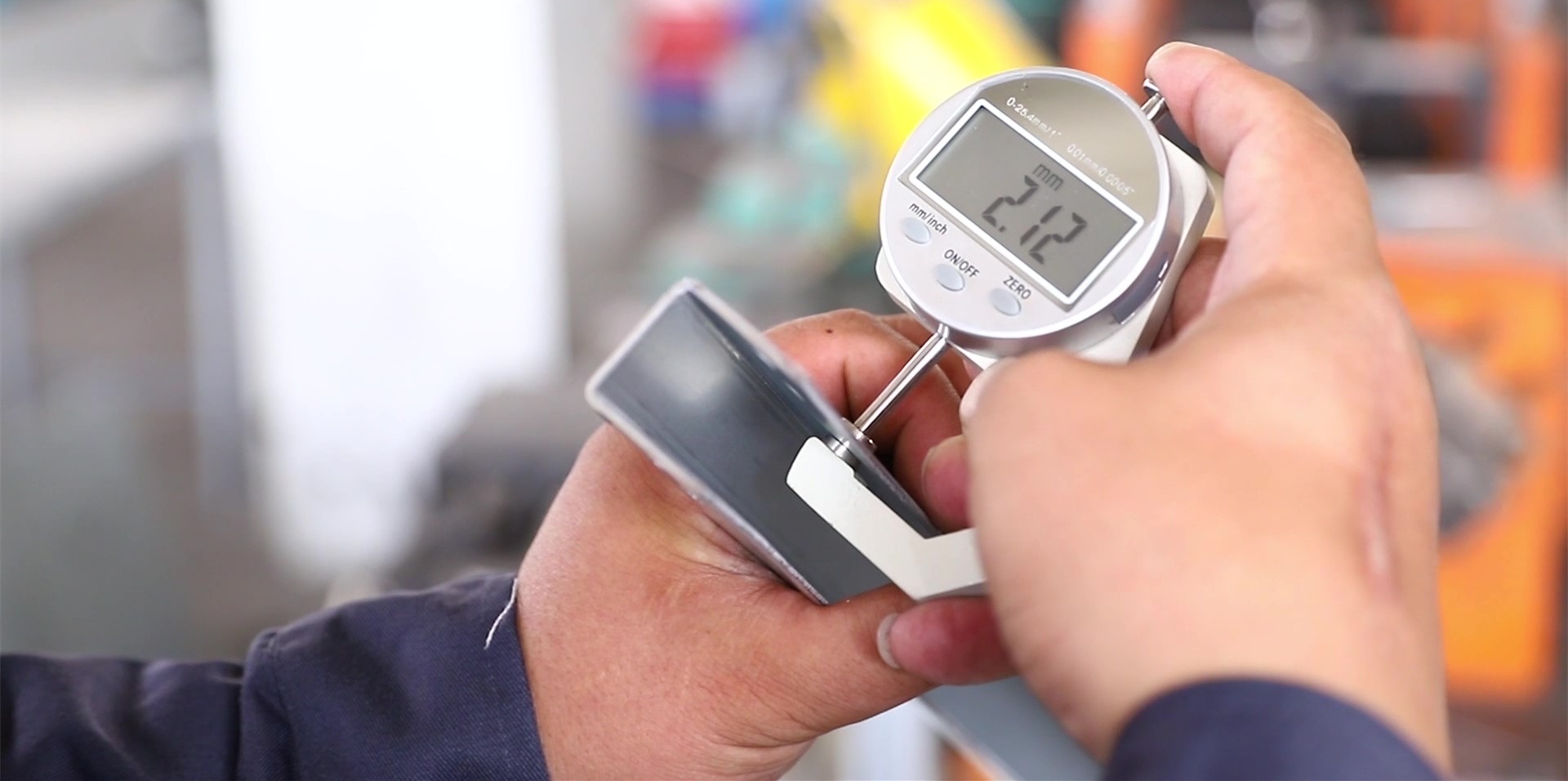chicken layer cage
Nov . 13, 2024 18:22 Back to list
chicken layer cage
The Advantages of Chicken Layer Cages in Modern Poultry Farming
In the rapidly evolving world of poultry farming, the management of hens, particularly egg-laying chickens, has undergone significant transformation. Among the various systems employed by farmers, chicken layer cages have emerged as a prominent choice, thanks to their ability to enhance productivity, improve animal welfare, and streamline management practices. This article delves into the advantages of chicken layer cages and their role in sustainable poultry production.
Enhanced Productivity
One of the primary benefits of using chicken layer cages is the substantial increase in egg production. Layer cages are designed to provide an optimal environment for hens, ensuring they are comfortable and healthy. These cages enable farmers to house a larger number of birds in a smaller footprint compared to traditional free-range systems. By maximizing the space available, producers can significantly increase their output while keeping production costs low. Reports indicate that hens housed in layer cages can lay up to 25% more eggs than their counterparts in free-range systems, resulting in increased profitability for farmers.
Improved Animal Welfare
Many critics of intensive farming practices argue that the welfare of animals is compromised in confined systems
. However, modern chicken layer cages are specifically designed to prioritize the well-being of hens. These cages typically provide adequate space for each bird, reducing stress and aggression often associated with overcrowding. Additionally, enriched cages include features such as perches, nesting areas, and exercise spaces, allowing hens to exhibit natural behaviors while maintaining high levels of productivity. Furthermore, the controlled environment within these cages can lead to a lower incidence of disease, which contributes to overall animal health and welfare.Efficient Management
chicken layer cage

Managing a poultry farm efficiently is crucial for sustainable production. Chicken layer cages simplify many aspects of farm management. Automated feeding and watering systems can be implemented, allowing for consistent nutrition without the labor-intensive task of manual feeding. Additionally, egg collection can be streamlined with conveyor systems that transport eggs directly from the cages to packing stations, reducing the risk of breakage and contamination.
Record-keeping and monitoring health also become easier with layer cages, as the farmers can observe individual hens and their production levels consistently. This allows for better management of flock health and prompt interventions when needed, ultimately leading to healthier birds and better yields.
Environmental Benefits
Sustainability is becoming increasingly important in agricultural practices, and chicken layer cages contribute positively to this goal. By optimizing feed conversion ratios and reducing the land required for housing large flocks, layer cages minimize the environmental footprint of egg production. Moreover, the concentration of waste in one area allows for better waste management practices to be developed, leading to more efficient use of manure as a fertilizer and reducing the pollution associated with traditional farming methods.
Conclusion
In conclusion, chicken layer cages represent a pivotal advancement in the realm of poultry farming. With their ability to significantly enhance productivity, improve animal welfare, and streamline management practices, they stand out as a key component in the sustainable production of eggs. While it is essential to continuously evaluate and improve farming practices for the benefit of both animals and producers, the modern chicken layer cage system demonstrates a commitment to efficiency, quality, and responsible agriculture. As the industry continues to evolve, these systems will play an increasingly important role in meeting the growing global demand for eggs while adhering to ethical and sustainable farming principles.
-
Automatic Feeding Line System-Pan Feeder Nipple Drinker|Anping County Yize Metal Products Co., Ltd.
NewsJul.29,2025
-
Hot Sale 24 & 18 Door Rabbit Cages - Premium Breeding Solutions
NewsJul.25,2025
-
Automatic Feeding Line System Pan Feeder Nipple Drinker - Anping County Yize Metal Products Co., Ltd.
NewsJul.21,2025
-
Automatic Feeding Line System Pan Feeder Nipple Drinker - Anping County Yize Metal Products Co., Ltd.
NewsJul.21,2025
-
Automatic Feeding Line System - Anping Yize | Precision & Nipple
NewsJul.21,2025
-
Automatic Feeding Line System - Anping Yize | Precision & Nipple
NewsJul.21,2025






